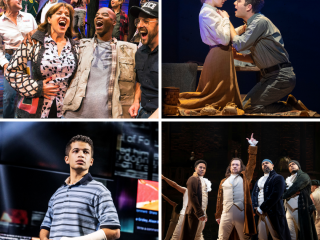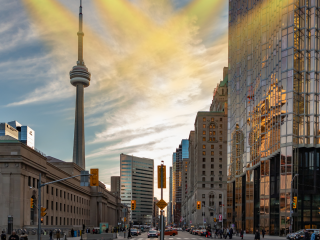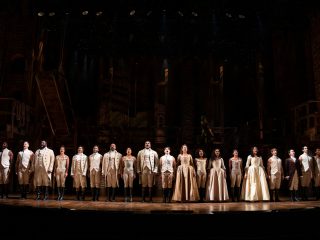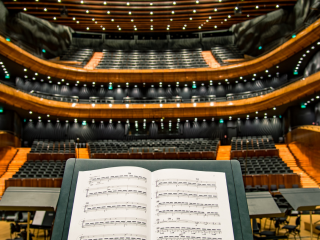When you think of theatre, the first thing that comes to mind is probably some variation of the traditional proscenium setup, with an invisible “fourth wall” comfortably separating the audience and the action on stage. In this setup, the audiences are spectators, observing and reacting to the world of the play but not part of it. Then there’s immersive theatre, where the fourth wall vanishes and the audience and the performance become one. Here’s a quick dive into the world of immersive theatre!
What is Immersive Theatre?
Immersive theatre can mean many things, but simply put, it’s any live theatre that puts the audience directly into the performance. It can take different forms: site-specific theatre performed in a non-traditional space, interactive theatre that allows the audience to interact directly with the performance, or the addition of sensory elements like sounds and smells. Immersive theatre is as old as theatre itself, but contemporary immersive theatre started gaining steam in the 1950s and 60s with interactive “Happenings” performed by experimental artists.
The Immersive Craze
In 2003, the British theatre company Punchdrunk first staged Sleep No More, which would redefine the possibilities of immersive theatre. The performance is an adaptation of Macbeth set in a dimly lit five-story building. Each floor has unique settings and characters, and the audience moves freely through the building at their own pace. There is no dialogue; the performers use silent scenes and choreography to tell the story.
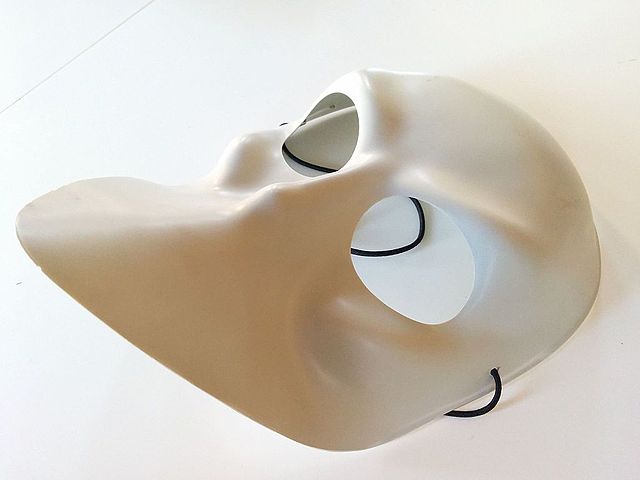
By Autopilot – via Wikimedia Commons, CC BY-SA 4.0
The success of Sleep No More inspired all kinds of immersive performances in New York City. Bars became a popular site for immersive performances, most notably a show called Drunk Shakespeare, which now has versions in Chicago, Houston, Phoenix, and other cities.
Immersion Hits Broadway
Broadway theatres have the traditional proscenium setup, so it’s harder to use immersive techniques. But that hasn’t stopped some productions from innovating. Designers for the 2016 show Natasha, Pierre, & The Great Comet of 1812 built a Cold War-era Russian bunker that the audience entered through. The set had multiple levels with cafe tables that audience members could sit at during the show. Most recently, the August Wilson Theatre was completely transformed for a Broadway revival of Cabaret. The interior replicates 1930s Germany and uses an intimate in-the-round performance space. The West End production included cafe tables with working rotary telephones. Check out this article with pictures about the production’s set design.
Exploring Social Issues
In 2016, Albany Park Theater Project in Chicago and Third Rail Projects in New York collaborated to conceive Learning Curve, an immersive performance inside a Chicago public high school. An ensemble of more than 30 performers, all high school students themselves, put audiences in their shoes as they experienced the ups and downs of high school. You can see a preview of the performance here.
In 2023, the companies teamed up again for Port of Entry, performed in a three-story, 12,000-square-foot warehouse redesigned to replicate a Chicago apartment building. The performance takes audiences into real stories of immigrants and refugees from all around the world. Just 28 audience members are admitted for each two-hour performance, creating an intimate experience.
Current Trends
Theatre-makers around the world are experimenting with innovative ways to create immersive experiences that entertain and educate. In the UK, the critically-acclaimed production of Guys and Dolls is continuing its run at London’s Bridge Theatre. Rather than having stalls, the audience is standing around a stage that rises and falls as the show progresses. The audience is ushered around the stage as it moves up and down from one section to another and the ensemble mingles with the crowd, as if in the New York underworld of the 1920s. Check out the cast and creatives of the show discussing the innovative and unexpected joys of creating such an immersive production!
In the United States, immersive theatre has expanded beyond traditional theatre cities, with performances staged in an ever-expanding variety of spaces. If you haven’t experienced an immersive theatre performance, give it a try! Whether revisiting classic works in a new way, discovering new stories, or just enjoying a night out, immersive theatre is a great way to experience the power of live performance.



